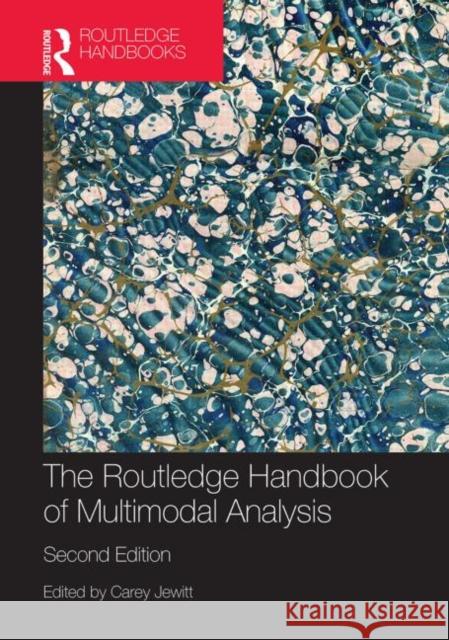The Routledge Handbook of Multimodal Analysis » książka
The Routledge Handbook of Multimodal Analysis
ISBN-13: 9780415519748 / Angielski / Twarda / 2013 / 544 str.
The Routledge Handbook of Multimodal Analysis
ISBN-13: 9780415519748 / Angielski / Twarda / 2013 / 544 str.
(netto: 1066,28 VAT: 5%)
Najniższa cena z 30 dni: 1108,22
ok. 22 dni roboczych
Bez gwarancji dostawy przed świętami
Darmowa dostawa!
Multimodality is an innovative approach to representation, communication and interaction which looks beyond language to investigate the multitude of ways we communicate: through images, sound and music to gestures, body posture and the use of space.
The Routledge Handbook of Multimodal Analysis, Second Edition provides a comprehensive research tool kit for multimodal analysis, with 34 chapters written by the leading figures in the field on a wide range of theoretical and methodological issues. It clarifies terms and concepts, synthesizes the key literature with in-depth exploration and illustrative analysis, and tackles challenging methodological issues. This second edition includes 12 new chapters on new theoretical and methodological developments and multimodal research on digitally mediated texts and interaction.
The Handbook includes chapters on key themes for Multimodality such as technology, culture, notions of identity, social justice and power, and macro issues such as literacy policy. The handbook takes a broad look at multimodality and engages with how a variety of other theoretical approaches have looked at multimodal communication and representation, including visual studies, anthropology, conversation analysis, socio-cultural theory, sociolinguistics, new literacy studies, multimodal corpora studies, critical discourse, semiotics and eye-tracking. Detailed multimodal analysis case studies are also included, along with an extensive updated glossary of key terms, to support those new to multimodality and allow those already engaged in multimodal research to explore the fundamentals further.
"
The Routledge Handbook of Multimodal Analysis" is essential reading for undergraduate and postgraduate students as well as researchers involved in the study of multimodal communication.











